
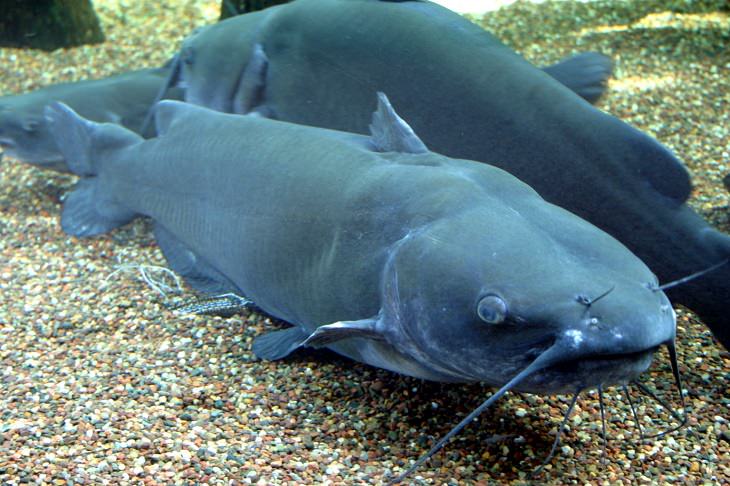
Consumption: Not recommended
Catfish, particularly those found in wild habitats, can indeed reach impressive sizes. Their natural growth, though, is often subverted in farming situations. Many fish farmers, particularly in certain Asian regions, administer growth hormones to speed up their maturation process. These hormones can pose potential health risks to consumers. In contrast, free-grown or wild-caught catfish tend to be less risky and more nutritionally beneficial. They consume a natural diet, enhancing their nutrient profile, and their lack of exposure to artificial growth promoters offers a healthier alternative. However, sustainability must be considered, as overfishing can deplete wild populations. Ultimately, informed choices are key when consuming any seafood, including catfish.
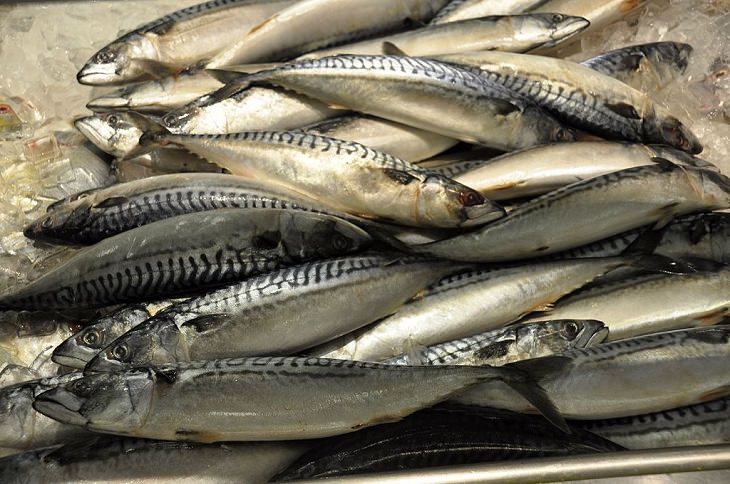
Consumption: Adults 200g, children 100g per month
Mackerel, like several other types of fish, does contain mercury, a potentially harmful chemical. Unfortunately, the human body is unable to effectively eliminate this substance, leading to its accumulation over time and potentially causing health problems. However, not all mackerel are equal when it comes to mercury content. Atlantic Mackerel, for example, tends to have lower mercury levels, making it a safer choice for regular consumption. It's important to note that, as with any food, balance and moderation are key to maintaining a healthy diet.
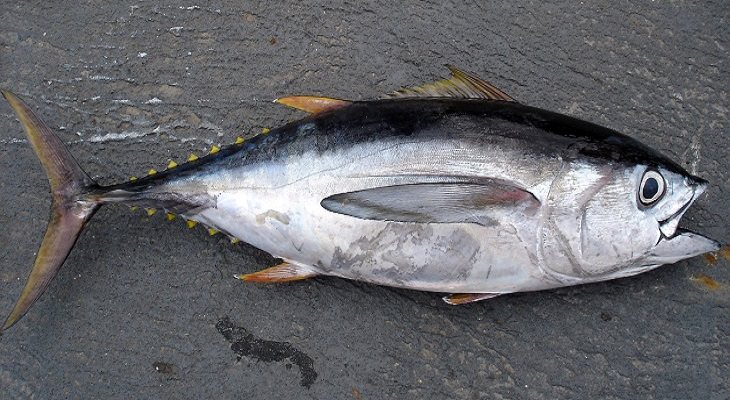
Consumption: Adults 100g per month, not recommended for children
Tuna, specifically blackfin and bluefin species, contain high levels of mercury, posing potential health risks. The situation is further complicated by the fact that wild populations of these tuna species are on the brink of extinction. Consequently, there is a shortage of naturally caught tuna available in grocery stores and markets. Instead, the majority of tuna that consumers find comes from aquaculture farms. These farmed tunas are often subjected to treatments with antibiotics and hormones to promote growth and prevent disease.
This practice has raised significant concerns about the potential impacts on human health and the environment, including the development of antibiotic-resistant bacteria and the disruption of aquatic ecosystems. Moreover, farming conditions may not always mimic the natural environment, which can affect the nutritional profile and taste of the fish. As a result, it is essential for consumers to be aware of these issues when choosing seafood and to consider more sustainable and healthier alternatives when possible.

Consumption: Not recommended for those with heart disease, asthma, or arthritis
There aren’t many healthy fatty acids in tilapia, yet its concentration of unhealthy fats is almost as high as in lard. Excess consumption of this fish leads to an increase in cholesterol levels and makes the body more prone to allergens.

Consumption: Adults 300g, children 200g per month
Eels contain a lot of fat and, as a result, they easily absorb any industrial and farm waste that is in the water they live in. American species of eel have the highest levels of such toxicity. Furthermore, European eels are well known for being contaminated with large amounts of mercury.
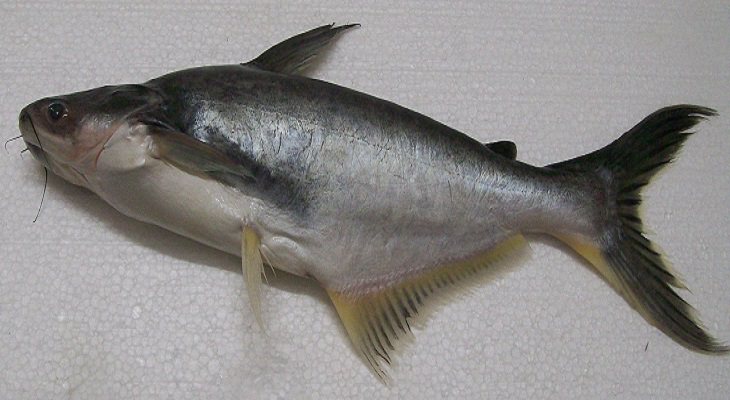
Consumption: Not Recommended
The pangasius fish, commonly found in grocery stores, predominantly originates from the Mekong River in Vietnam. Unfortunately, this river is one of the most polluted water bodies globally, tainted with a myriad of industrial and agricultural waste. Additionally, pangasius has been found to contain elevated levels of nitrofurazone and polyphosphates, substances known for their carcinogenic properties. Nitrofurazone is an antibiotic that's often used in aquaculture, despite its banned status in many countries due to its potential health risks. Polyphosphates, on the other hand, are typically added during processing to retain water and improve texture, but their excessive intake may have adverse health implications.
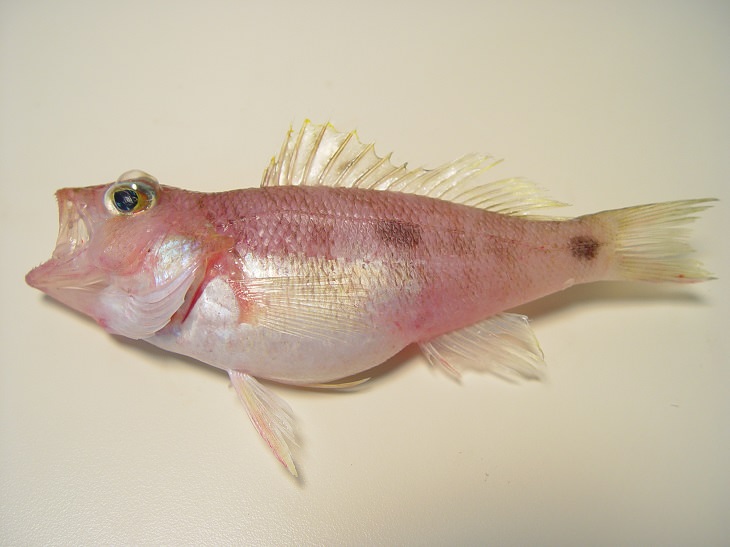
Consumption: Men 100g per month, not recommended for women and children
This particular fish species is notorious for having the highest mercury content among all fish, a fact that poses significant health concerns. Mercury, a toxic heavy metal, can have detrimental effects on the nervous, digestive, and immune systems, and it's particularly harmful to young children and unborn babies.
The fish is often sourced and caught in violation of established health and safety guidelines, further exacerbating the risk to consumers. The disregard for these rules often means that the fish could be contaminated with harmful bacteria, parasites, or other pathogens during the catching, handling, or processing stages. Such contamination can result in serious foodborne illnesses, presenting symptoms like nausea, vomiting, abdominal pain, and diarrhea. It's crucial for consumers to be aware of these risks, thoroughly cook the fish to kill potential pathogens, and consider alternatives with lower mercury content and more sustainable fishing practices.
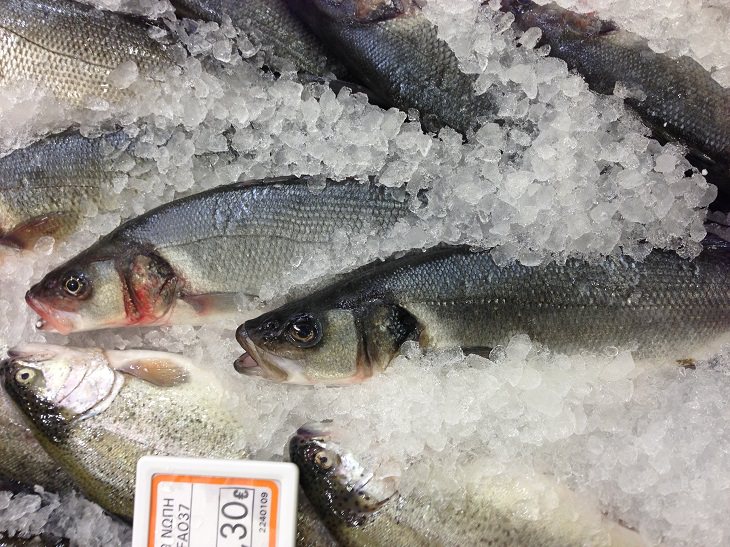
Consumption: Adults 200g, children 100g per month
Sea bass, a popular choice among seafood lovers, is also known for its high mercury content, making it another fish species that consumers should approach with caution. Additionally, there's a prevalent issue of seafood fraud in the industry. When you order a sea bass filet at a restaurant or buy it from a store, there's a significant chance you might be served pangasius or another cheaper substitute. This misleading practice not only affects the consumer's wallet but also their health, as these substitutes may carry different nutritional profiles and potential contaminants. It underscores the importance of traceability and transparency in the seafood industry to ensure consumer trust and safety.
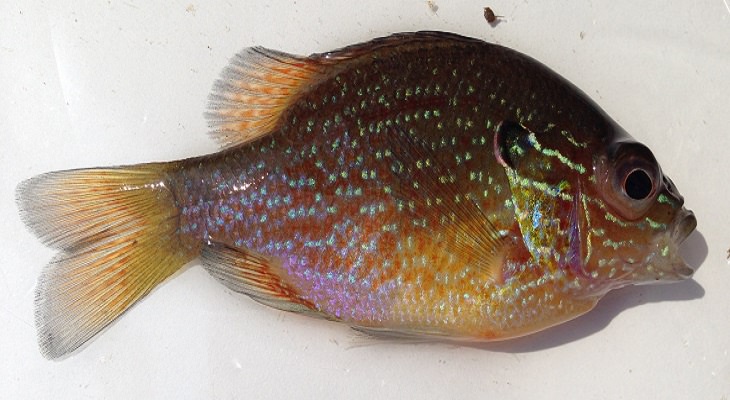
Consumption: Not recommended for those with digestive issues
The fish commonly referred to as oilfish, scientifically known as Ruvettus pretiosus, contains a unique substance called gempylotoxin. This substance is waxy in nature and is indigestible by humans. While it doesn't pose a significant health threat, it can cause digestive discomfort, including symptoms like nausea, diarrhea, and stomach cramps. These symptoms occur because our digestive system isn't equipped to break down this waxy ester, causing it to pass through the gut relatively intact, leading to the aforementioned problems.
To mitigate the impact of gempylotoxin and reduce its levels in the fish, it's recommended to cook the fish using high-heat methods such as frying or grilling. These methods can help break down the gempylotoxin to some extent, making the fish easier to digest. Despite this, individuals with sensitive digestive systems might still want to limit their consumption of oilfish or choose alternative fish species that don't contain this unique toxin.
Bonus: How to Choose Fish
• Fresh fish will have shiny scales and eyes, so if a fish has dry fins and gray gills, it is not fresh. If the tail is limp, that is also an indicator that the fish is not fresh.
• When buying live fish from a tank, make sure the water is clear. Choose the fish that are closer to the bottom.
• When buying salmon, choose the chunks with white threads in them – if a chunk is completely red, it has probably been dyed.
• Smell: Fresh fish should have a mild scent, often compared to clean water, saltwater, or cucumber. If the fish has a strong, fishy odor, it's likely not fresh.
• Flesh Firmness: When gently pressed, the flesh of a fresh fish should spring back. If an indentation remains, it's an indication that the fish may not be fresh.
• Packaging: If purchasing pre-packaged fish, ensure that the packaging is intact with no tears or leaks. Avoid packages with a lot of liquid as this can indicate that the fish is not fresh.
• Check for Parasites: Especially with fillets, look closely for signs of parasites. Tiny, dark spots or worm-like structures are not a good sign.
• Labels: Look for labels indicating the fish has been sustainably caught or farmed. Marine stewardship council (MSC) certification is one trusted standard for wild-caught fish.
• Color: Fresh fish should have vibrant colors. Dull or faded colors can indicate that the fish is old. For example, fresh tuna should be a bright, deep red, not brown.
• Frozen Fish: If buying frozen fish, choose packages stored at the bottom of the freezer case, as they're likely to have been kept the coldest. Avoid packages with frost or ice crystals, which could mean the fish has been stored a long time or thawed and refrozen.
Remember, the key to good seafood dishes starts with quality ingredients, so it's worth taking the time to select the best fish.
Source: brightside